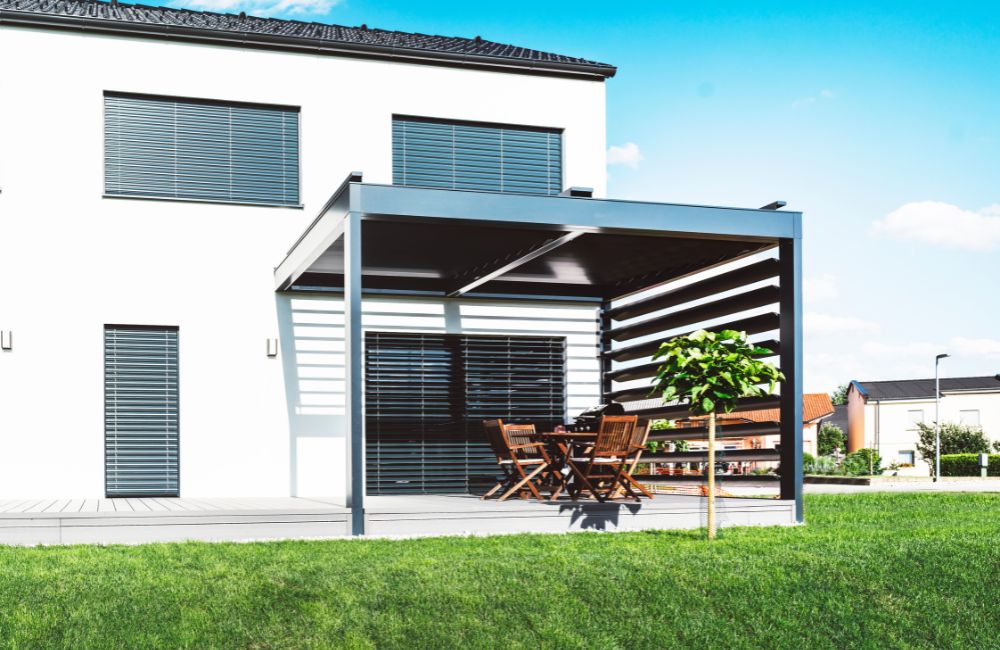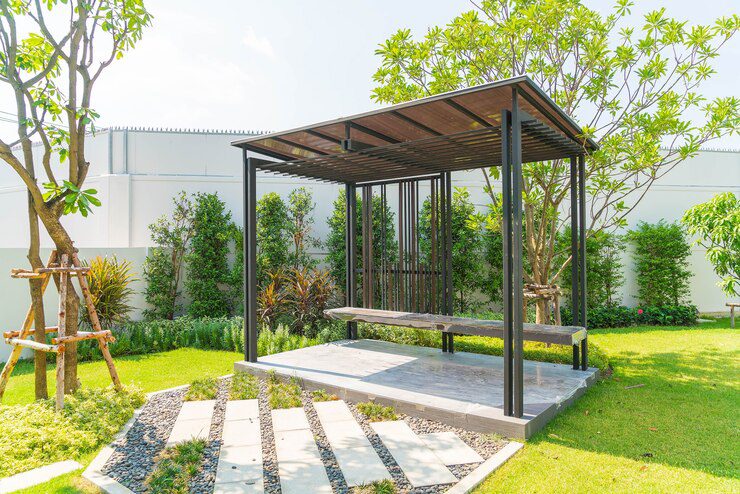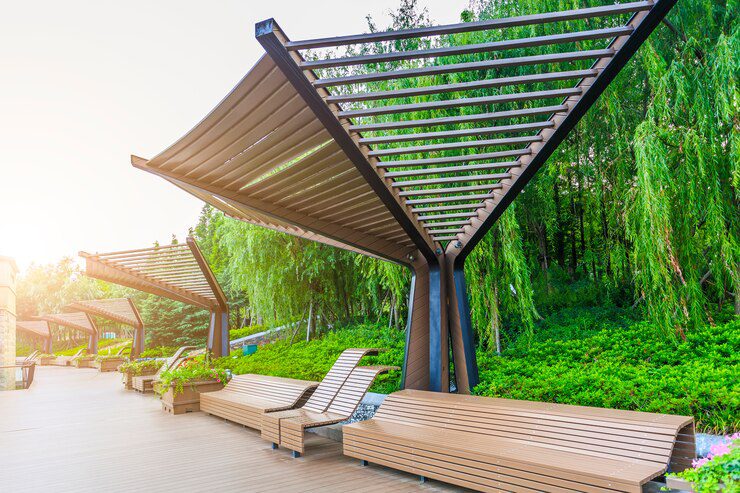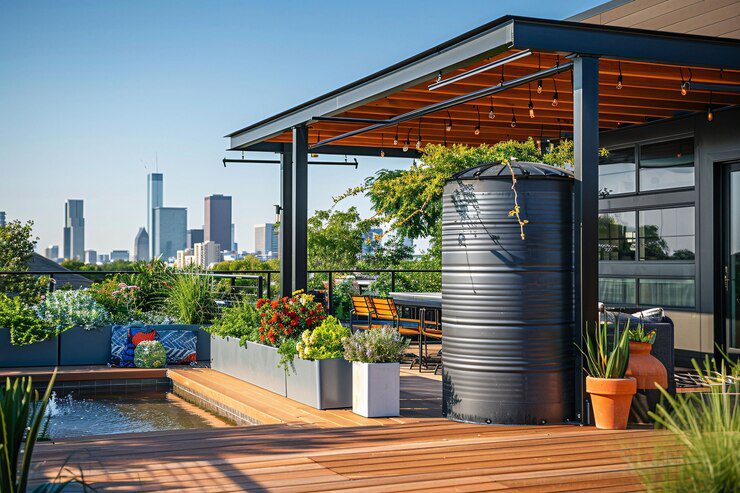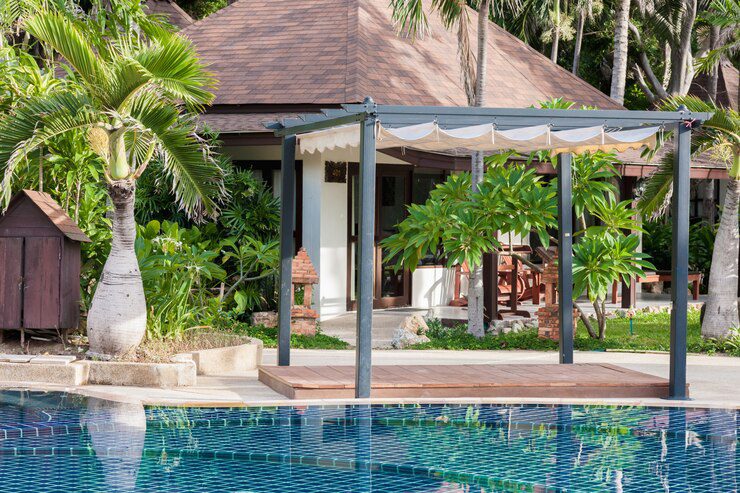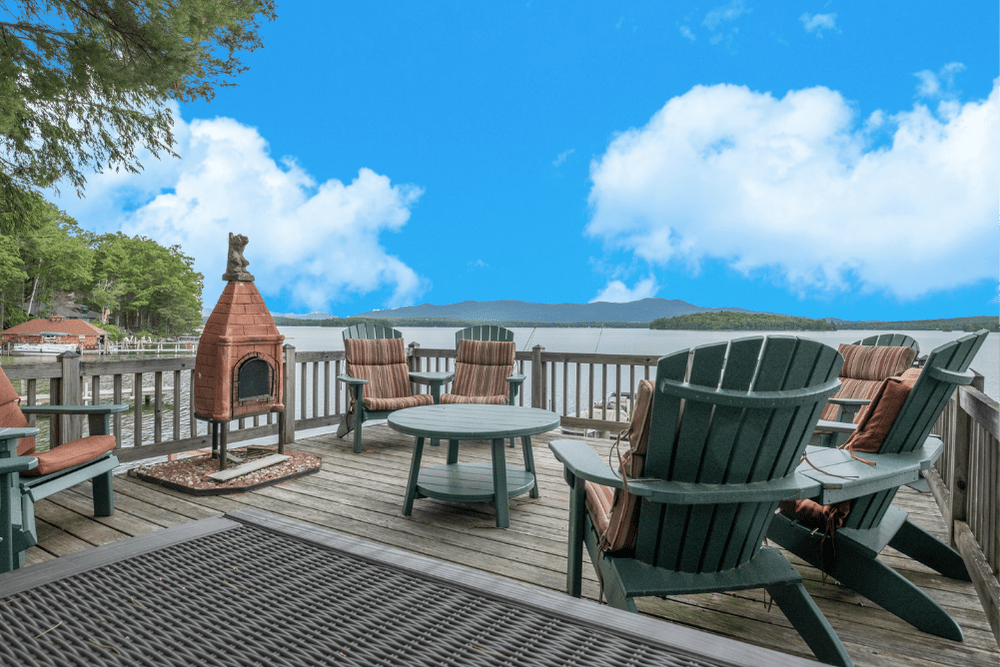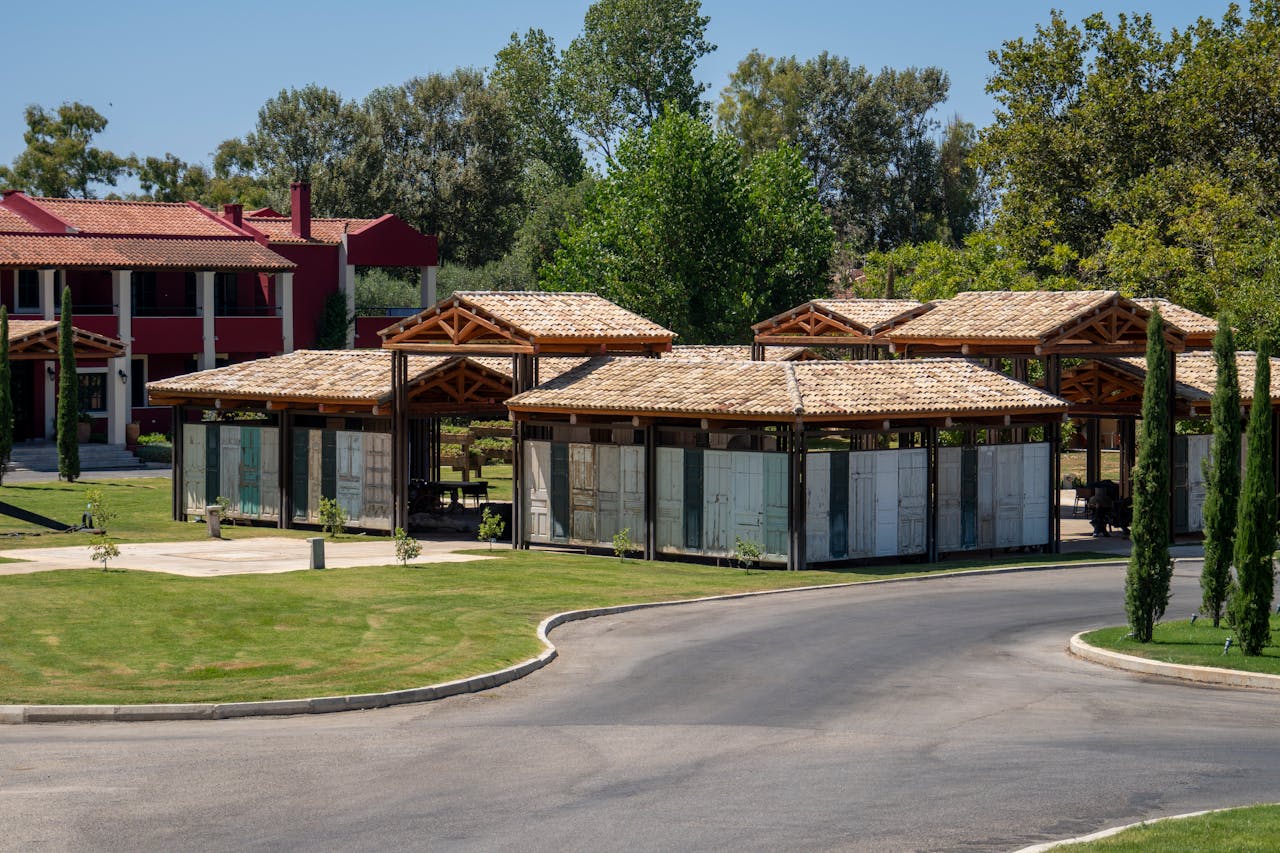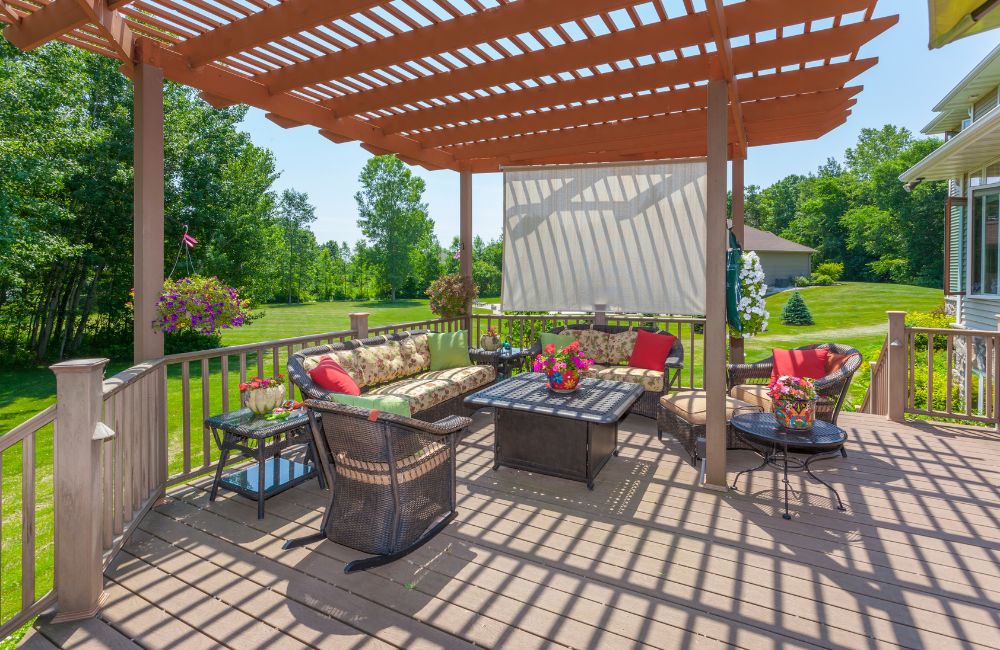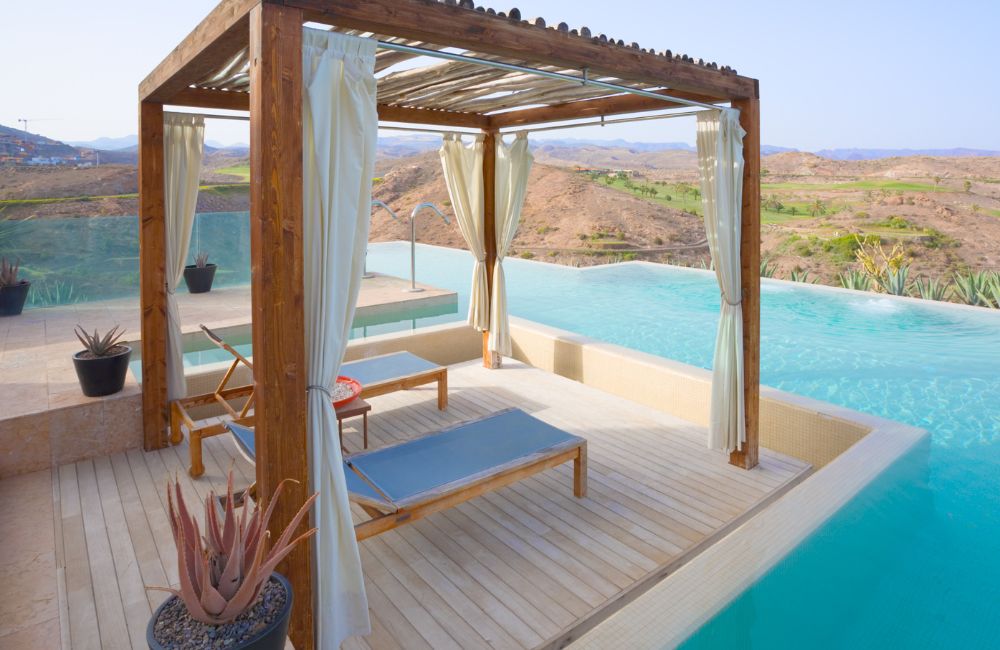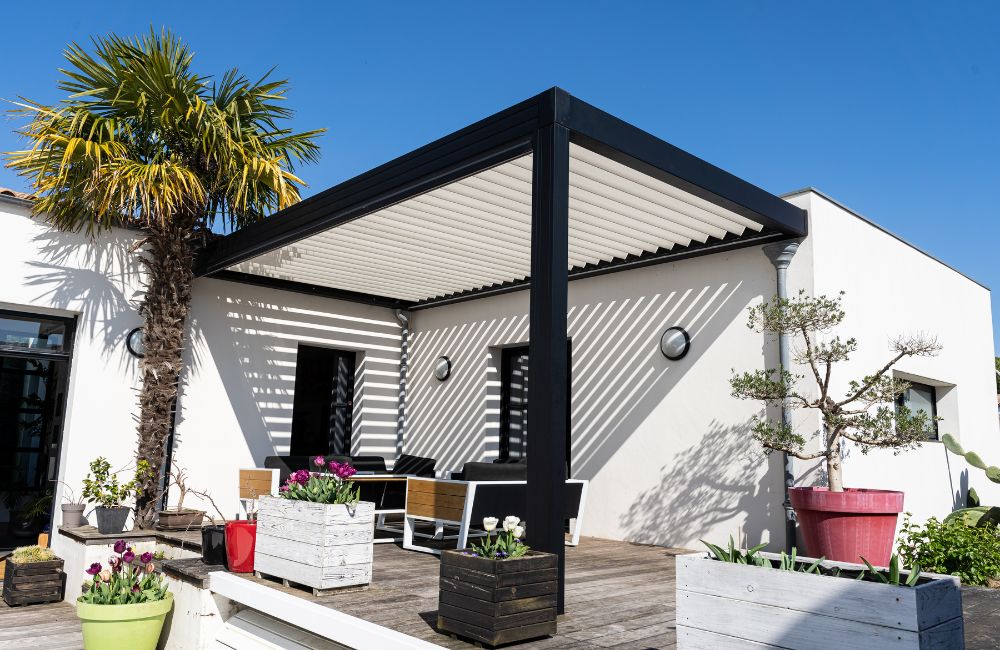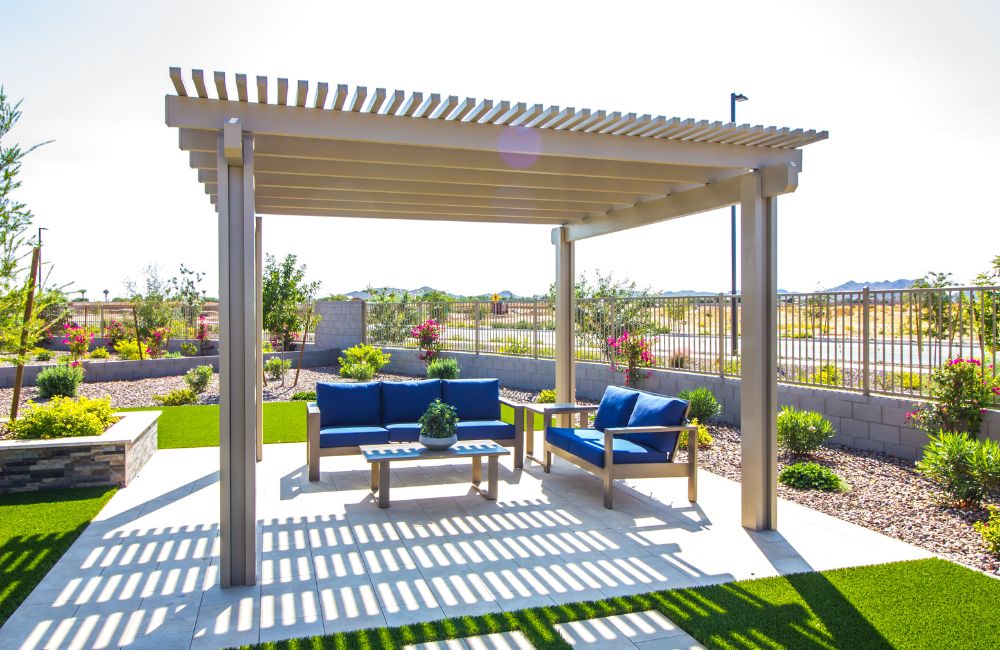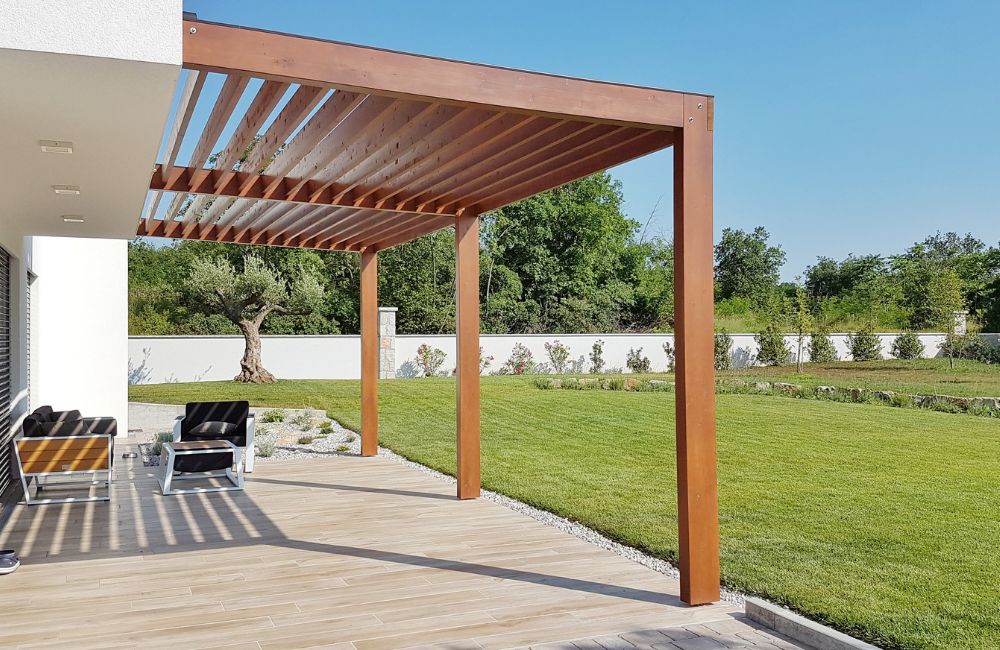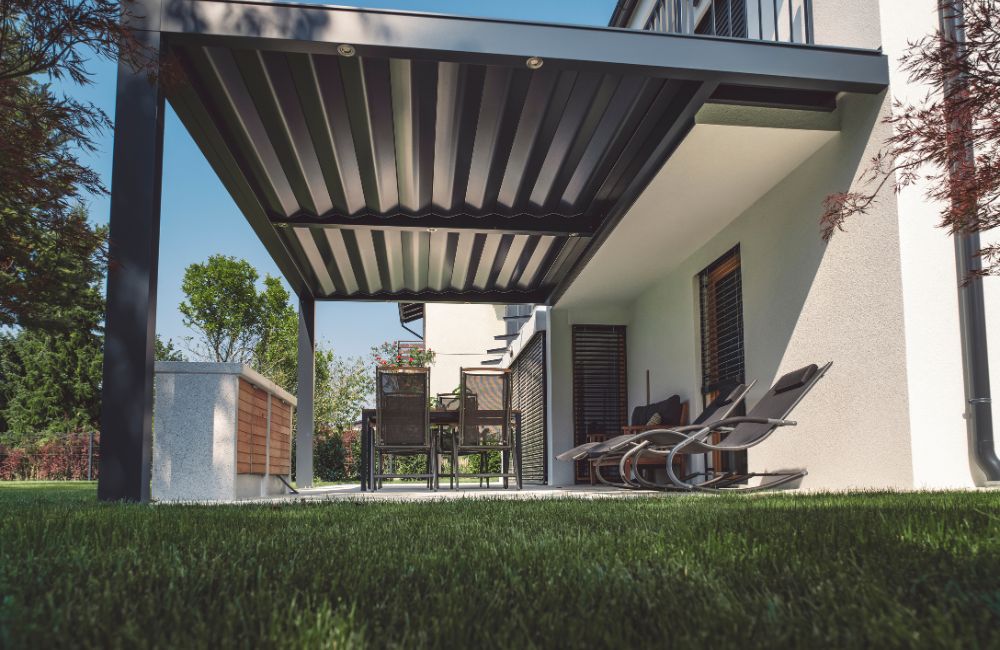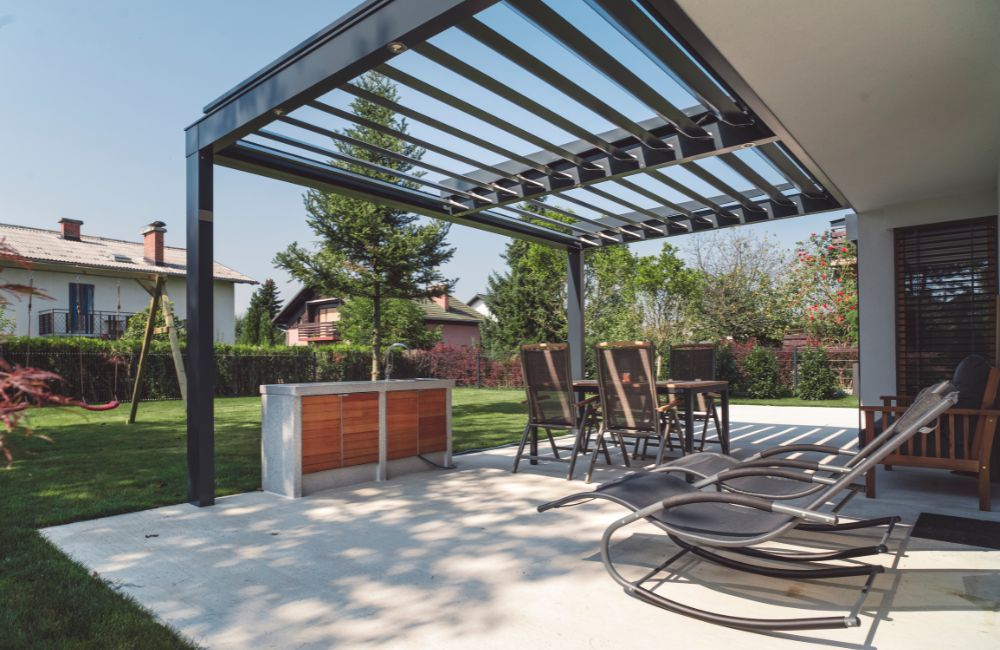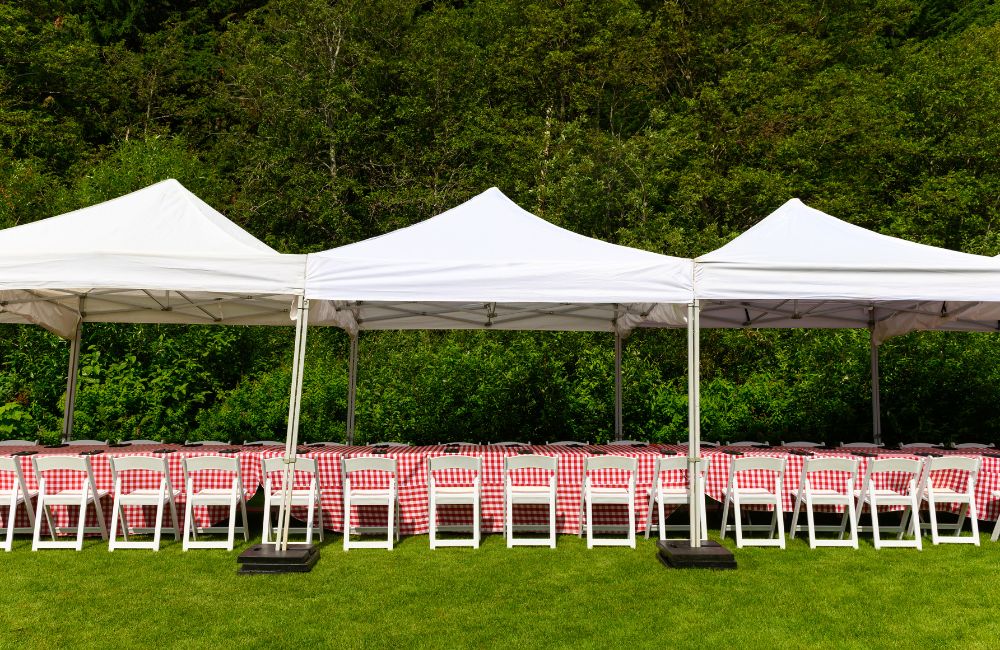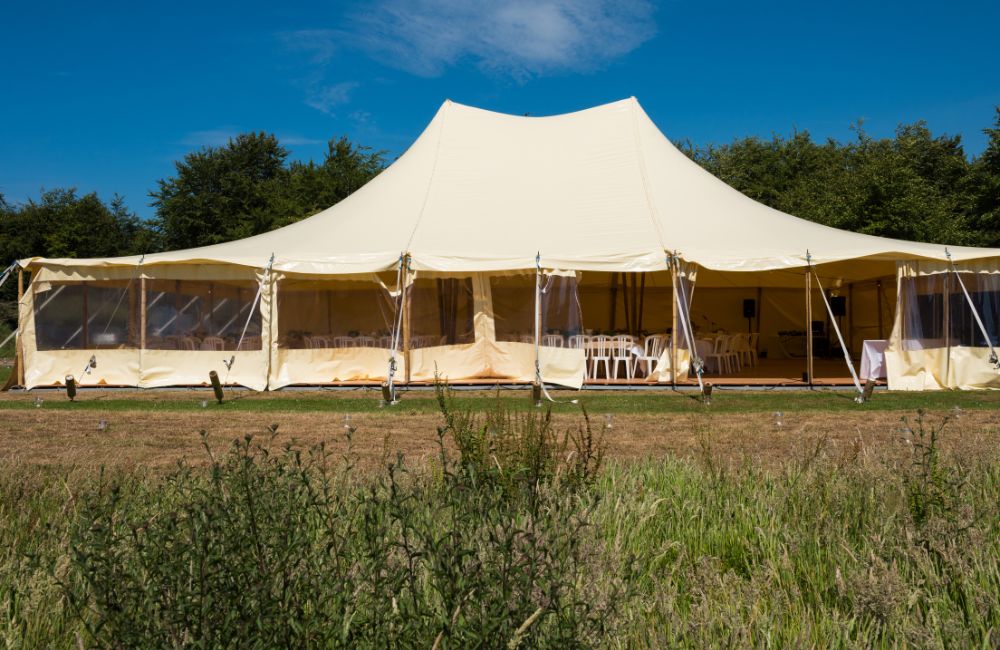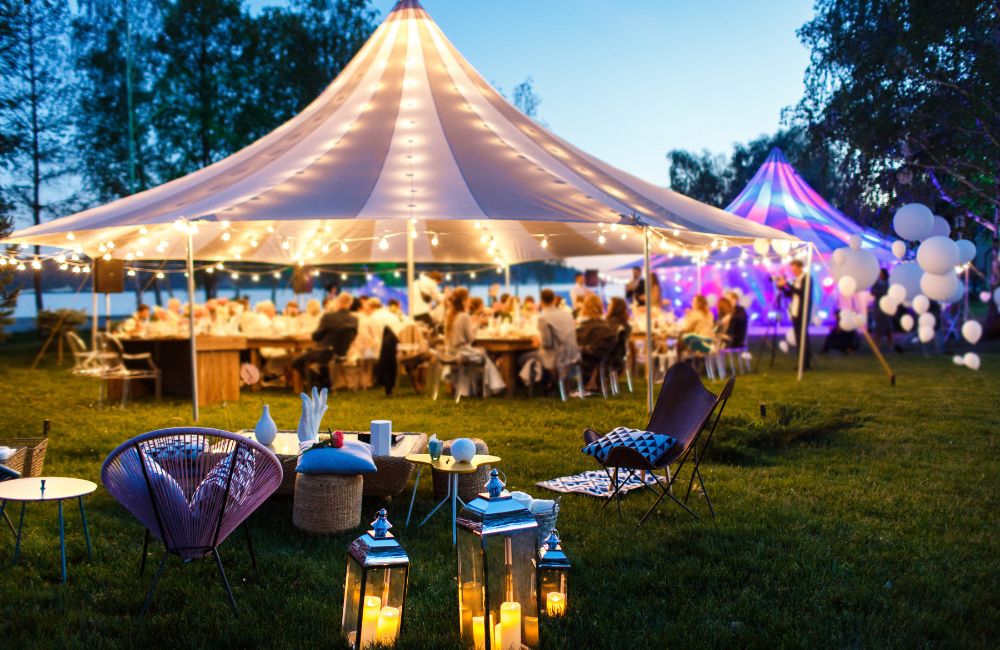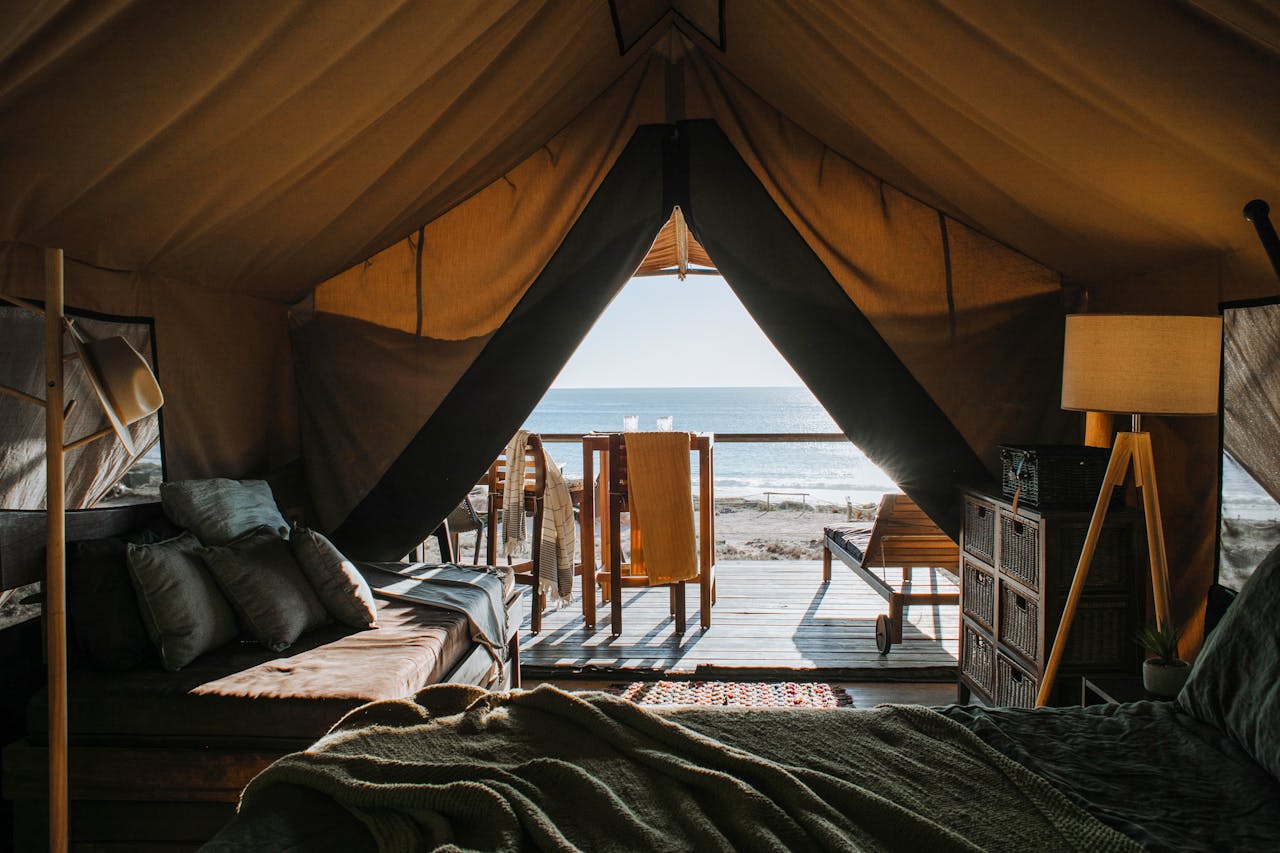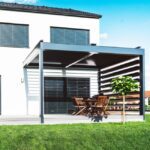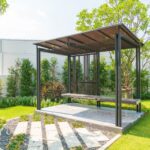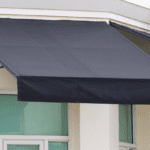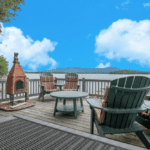Table of Contents
Key Takeaways
5 Key Considerations Before Installing a Louvered Pergola
- Purpose and Functionality
- Location and Space
- Design and Aesthetic
- Budget and Cost
- Local Building Codes and Regulations
Frequently Asked Questions
Transform Your Outdoor Space with Durkin’s Louvered Pergolas in Connecticut!
Key Takeaways✔ Ensure your pergola meets your specific needs for shade, ventilation, and overall usage. ✔ Choose a location that maximizes sunlight, airflow, and available space without interference. ✔ Opt for a design that enhances your home’s style while incorporating custom features to boost functionality. ✔ Factor in the costs of materials, installation, and long-term maintenance to stay within budget. ✔ Verify local regulations and obtain necessary permits to ensure compliance and structural safety. |
Installing a louvered pergola is an excellent way to enhance your outdoor space in Connecticut, providing a perfect blend of style, functionality, and comfort. According to a recent survey by Harris Interactive, many Americans see their backyards as prime spots for leisure and relaxation. That’s why before moving forward with your installation, it’s crucial to carefully plan and consider several key factors.
From choosing the right location and materials to ensuring compliance with local building codes, making informed decisions upfront will help you create a louvered pergola that meets your needs and stands the test of time.
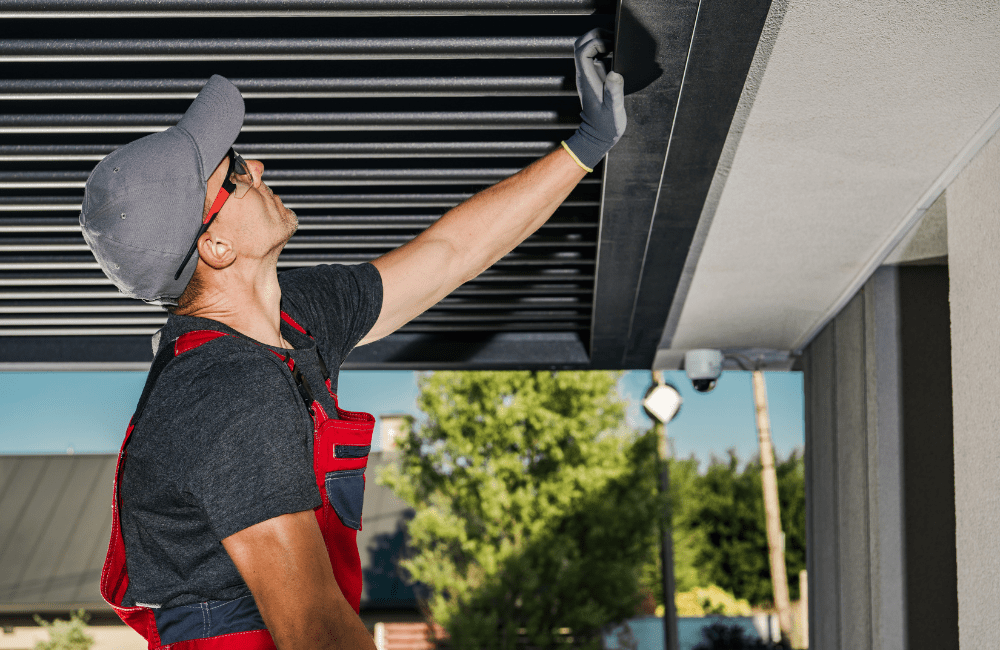
5 Key Considerations Before Installing a Louvered Pergola
With 82% of American homeowners reporting increased interest in updating their outdoor living spaces post-pandemic, installing a louvered pergola is a perfect addition to your outdoor space. Here are five key considerations to ensure your project meets your needs and enhances your outdoor area.
1. Purpose and Functionality
A louvered pergola can serve a variety of functions depending on your needs, so it’s essential to understand how it will enhance your outdoor living experience.
Defining the Intended Use of Your Louvered Pergola
Before installation, consider the primary purpose of your louvered pergola. Ask yourself the following questions:
- Will it be used as a shaded retreat for relaxation?
- Are you looking to create a stylish outdoor living or dining space?
- Is the pergola meant to be a decorative addition to your landscape?
- Do you need a space for entertaining guests or family gatherings?
Assessing Its Functionality
Depending on its intended purpose, your louvered pergola can fulfill several roles:
- Shaded Area: If your main goal is to create a shaded area, consider how the adjustable louvers can provide optimal sun protection. The ability to control the amount of sunlight that filters through the pergola is one of its most significant advantages. This is perfect for protecting you from harsh sunlight during peak hours while still allowing natural light to shine through when you need it.
- Outdoor Living Space: Many homeowners opt for a louvered pergola to expand their usable living space outdoors. Whether it’s a cozy seating area, a full outdoor kitchen, or a dining space, a louvered pergola can help create a functional extension of your home. Think about incorporating furniture, lighting, and other elements that complement this new outdoor living area.
- Decorative Feature: A louvered pergola can also be a purely aesthetic addition to your garden or patio. Its sleek design and customizable features can enhance your home’s architectural appeal, making it a stunning focal point in your landscape. Consider using climbing plants, vines, or lighting to enhance its decorative impact.
2. Location and Space
When planning to install a louvered pergola, the location and space available in your outdoor area are crucial considerations. These factors will determine the overall functionality, aesthetics, and effectiveness of the pergola. Proper placement can enhance the usability of your space while ensuring the louvered pergola meets your specific needs.
Evaluate the Available Outdoor Space
Before installation, carefully assess the size of your outdoor area. The dimensions of the louvered pergola must fit harmoniously with the existing landscape and structures. Ensure that there is enough clearance for the pergola’s louvers to operate smoothly without obstruction.
- Measure the exact dimensions of your yard or patio.
- Check for ample room around the pergola for movement and outdoor furniture.
- Plan for any surrounding landscaping features like gardens or pathways.
Consider Positioning for Sunlight Exposure and Wind Direction
The positioning of your louvered pergola plays a vital role in maximizing its benefits. Since louvered pergolas offer adjustable shade and light, placing them in the right spot will enhance comfort and usability.
- Sunlight Exposure: Determine where the sun rises and sets in relation to your outdoor space. Positioning your pergola to optimize light control throughout the day is essential. If your goal is to create a shaded area, place the pergola where the most direct sunlight hits.
- Wind Direction: Consider prevailing wind patterns in your area. Installing the louvered pergola in a way that takes advantage of natural breezes will improve ventilation and create a more comfortable outdoor environment. Avoid positioning it in wind tunnels or areas prone to strong gusts.
Check for Any Obstacles or Restrictions
Before finalizing the installation location for your louvered pergola, inspect the area for any physical obstructions or potential restrictions that could impact construction or use.
- Obstacles: Ensure there are no large trees, overhanging branches, or nearby buildings that could interfere with the operation of the pergola’s louvers. These obstacles can also block sunlight and reduce the pergola’s effectiveness.
- Utility Lines: Check for any underground or overhead utility lines, such as gas, water, or electrical lines, that could affect installation. It’s crucial to follow safety guidelines when building near such utilities.
- Local Restrictions: Verify any restrictions imposed by your local municipality or homeowner’s association (HOA). Some areas may have zoning rules or aesthetic guidelines that could influence the placement of your louvered pergola.
3. Design and Aesthetic
When planning your louvered pergola, one of the most important aspects to consider is its design and how it will blend into your existing home and outdoor space. A well-designed pergola not only enhances your property’s aesthetic appeal but also serves as a functional extension of your home.
Matching Your Home’s Architectural Style
The first step in designing your louvered pergola is ensuring that it complements the architectural style of your home. A pergola that clashes with your home’s design can look out of place. Instead, aim to harmonize your pergola with your house by matching key design elements:
- Modern Homes: Opt for pergolas with clean, sharp lines and minimalist designs. Aluminum structures often work well with contemporary homes due to their sleek and modern appearance.
- Traditional Homes: For more traditional homes, consider a pergola with more ornate details such as decorative trims, arches, or columns. Wood can be a great choice for these styles, adding warmth and classic appeal.
- Rustic or Farmhouse Styles: A louvered pergola made from wood or metal with natural finishes can complement rustic homes. Exposed beams and rough finishes lend an organic, earthy feel that works well in these settings.
Color Options and Finishes
Color is another critical element in the design of your louvered pergola. The right color can either help the pergola blend in subtly with your home or stand out as a statement piece in your outdoor area. Here are some considerations:
- Neutral Colors: White, beige, gray, or black are popular choices for pergolas. These colors are versatile and work well with most exterior color schemes, making them a safe and stylish option.
- Bold Colors: If you want your louvered pergola to be a focal point in your backyard, consider using a bold color. Deep blues, greens, or even reds can create a striking contrast against a neutral home.
- Custom Finishes: You can also explore custom finishes to elevate the look of your pergola. For example, faux wood finishes can give an aluminum pergola the warmth and texture of wood without the maintenance. Powder-coated finishes, available in a variety of textures and colors, offer both durability and visual appeal.
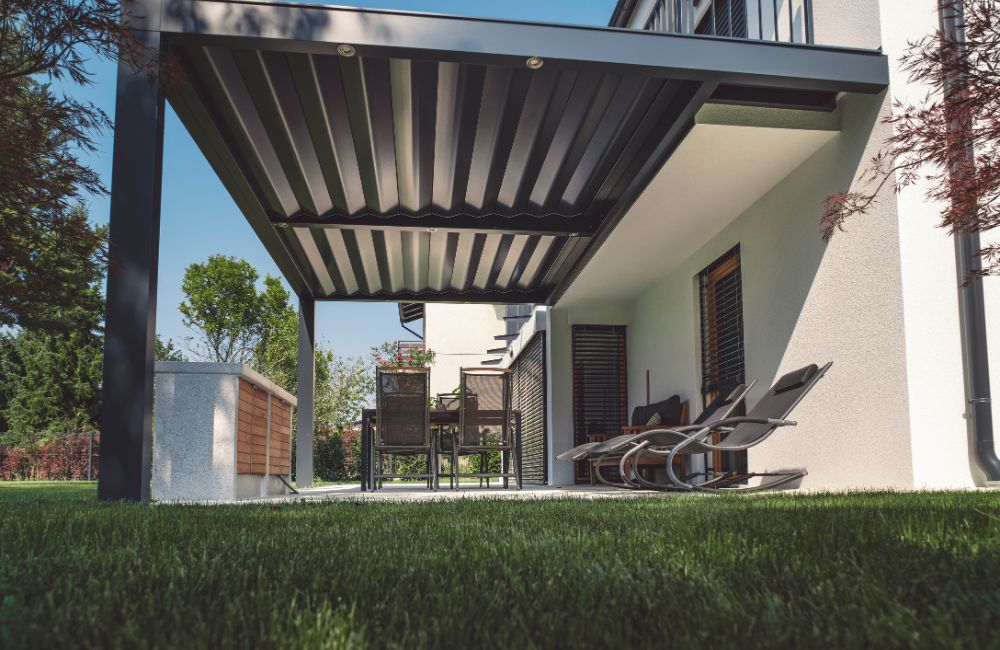
4. Budget and Cost
A well-planned budget is crucial when it comes to installing a louvered pergola. Having a clear understanding of the costs involved allows you to plan effectively and avoid any financial surprises. From materials and installation to maintenance and added features, here’s what you need to consider.
Estimating Costs
The cost of a louvered pergola can vary widely depending on several factors:
- Material Costs: The choice of material will significantly affect the price of your pergola. You’ll also need to account for the size of the pergola, as larger structures require more material and labor.
- Installation Costs: Installation costs depend on the complexity of the project and whether you hire professionals or tackle it as a DIY project. Professional installation ensures that your louvered pergola is properly anchored and meets safety standards, which is especially important if you are adding custom features.
Additional Features
While a basic louvered pergola can be affordable, adding custom features can increase the overall cost. Consider the following:
- Motorized Louvers: These are typically more expensive than manual systems but offer increased convenience and functionality.
- Custom Finishes: Opting for specialized finishes or materials will add to your budget. For instance, a premium powder-coated finish may cost more upfront but will provide greater durability and longevity.
5. Local Building Codes and Regulations
Before installing a louvered pergola, it’s essential to understand and comply with your local building codes and regulations. This ensures that your pergola meets safety standards and legal requirements, preventing any costly delays or penalties.
- Local Permits: Depending on where you live, you may need to obtain a building permit for your louvered pergola. This is particularly true for larger or more permanent structures. The permitting process typically involves submitting design plans to your local building authority for approval.
- Zoning Regulations: In addition to permits, zoning regulations may dictate where you can place your pergola. Check with our municipality if it has rules regarding the distance between outdoor structures and property lines. Failing to comply with these regulations can result in fines or even the removal of the pergola, so it’s crucial to verify these details before starting construction.
Compliance with Community Guidelines
If you live in a neighborhood governed by a homeowners’ association (HOA), there may be additional guidelines you need to follow. HOAs often have strict rules regarding the appearance and size of outdoor structures, including louvered pergolas. Common restrictions include:
- Height Limits: Some HOAs limit the height of outdoor structures to maintain uniformity within the community.
- Material and Color Restrictions: HOAs may require you to use specific materials or colors to ensure that the pergola matches the aesthetic of the neighborhood.
Structural Safety and Load Requirements
Ensuring the structural safety of your louvered pergola is critical, particularly in areas prone to harsh weather conditions. You’ll need to verify that your pergola can handle local weather, including:
- Wind Resistance: Make sure your pergola is designed to withstand high winds, especially if you live in an area prone to storms or hurricanes.
- Snow Loads: In regions that experience heavy snowfall, it’s important to ensure that the pergola’s roof can bear the weight of accumulated snow.
Proper anchoring and structural support are essential for preventing damage and ensuring the longevity of your pergola. Consulting with a professional can help you navigate these technical aspects and ensure your louvered pergola is safe and secure for years to come.

Frequently Asked Questions
What are the benefits of a louvered pergola?
One of the primary benefits of a louvered pergola is its adaptability to changing weather conditions. You can enjoy full sunlight, partial shade, or complete shelter depending on how you adjust the louvers, making your outdoor space usable throughout the day. These pergolas can also protect your furniture and outdoor spaces from UV damage and rain, extending their longevity. Additionally, louvered pergolas are highly durable, often made from aluminum or other weather-resistant materials. They can also increase the aesthetic and resale value of your home, providing both functionality and style.
How much maintenance does a louvered pergola require?
Louvered pergolas generally require minimal maintenance, especially those made from aluminum or other non-corrosive materials. Regular cleaning with soap and water to remove dirt, dust, and debris will help keep the structure looking its best. It’s also essential to periodically check the moving parts, such as the louvers and motors, to ensure they operate smoothly and lubricate them if necessary. If your pergola has a motorized system, it’s a good idea to inspect electrical components for any signs of wear or damage. Keeping gutters and drainage systems clear of debris will also help maintain its waterproofing capabilities.
Can a louvered pergola be installed in any climate?
Louvered pergolas are designed to withstand various climates, including hot, cold, and rainy conditions. In warmer climates, they provide much-needed shade and ventilation, helping to cool down outdoor spaces. In colder or wet climates, their adjustable slats can be closed to provide shelter from rain, snow, and wind. High-quality louvered pergolas are often built to resist corrosion from humidity or saltwater, making them suitable even for coastal areas. However, it’s crucial to choose the right materials and features for your specific climate to ensure maximum longevity and performance.
Can a louvered pergola increase the value of my home?
Adding a louvered pergola can increase the value of your home by enhancing its outdoor living space and curb appeal. Potential homebuyers often appreciate functional, stylish outdoor areas that provide additional space for relaxation and entertaining. A well-designed pergola can make your home more attractive in the real estate market, particularly if it’s built with high-quality materials and includes modern features like motorization, lighting, or weather protection. In addition to aesthetic value, a louvered pergola can improve the comfort and usability of your outdoor areas, making your home more appealing to buyers.
How do louvered pergolas compare to traditional pergolas?
Louvered pergolas offer more versatility than traditional pergolas, which typically have fixed beams that provide partial shade but no weather protection. With adjustable louvers, louvered pergolas allow you to control the amount of sunlight, shade, and airflow, making them more adaptable to different weather conditions. They also offer better protection from rain when the louvers are closed, unlike traditional pergolas, which are often open-roofed. While traditional pergolas tend to have a more classic, rustic aesthetic, louvered pergolas are usually more modern and sleek in design. Overall, louvered pergolas provide greater functionality and comfort for outdoor spaces, especially for those looking for year-round usability.
Transform Your Outdoor Space with Durkin’s Louvered Pergolas in Connecticut!
Elevate your outdoor space with a premium louvered pergola from Durkin’s, designed to combine style, functionality, and durability. Perfect for Connecticut’s changing seasons, our expertly crafted pergolas offer the ideal balance of shade and sunlight, enhancing your backyard, patio, or garden. Durkin’s pergolas not only complement your home’s architecture but also create a luxurious outdoor retreat that elevates your living experience.
Contact us and discover the perfect blend of beauty and practicality with a louvered pergola in Connecticut from Durkin’s and enrich your outdoor living today.

